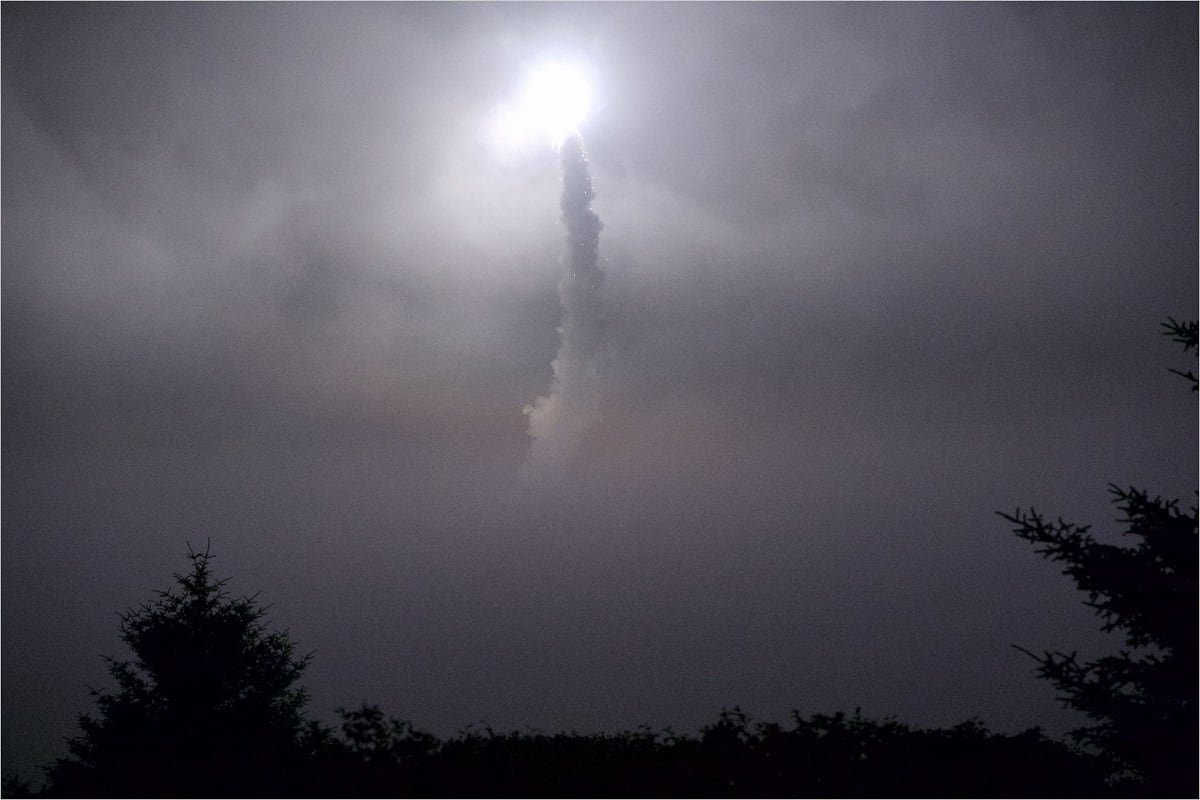WASHINGTON — Congress is providing for $3.3 billion more for missile defense programs in its fiscal 2018 spending bill above the Missile Defense Agency’s original request of $9.5 billion, according to the FY18 appropriations bill.
The $3.3 billion in funding includes the $2 billion Congress appropriated in December 2017 as a special supplemental to the FY18 budget to accelerate missile defense and “defeat enhancements” to counter the growing threat from North Korea, according to a summary of the spending bill.
The total appropriated in FY18 is $11.5 billion.
Congressional leaders unveiled the $1.3 trillion spending bill the evening of March 21, which includes $654.6 billion for the Pentagon.
Republican leaders in the House and Senate say the legislation will come to a vote in both chambers before the end of the week. To avoid a government shutdown, lawmakers have to pass the bill before the latest stopgap funding measure runs out at at 11:59 p.m. March 23.
[MDA $9.9 billion FY19 budget request geared to address North Korean threat]
Congress is, once again, dramatically increasing the budget — $558 million above the request for a total of $706 million — for Israeli Cooperative Programs to include Iron Dome and Arrow 3 development. The funding is requested by the Israeli government, the bill summary notes.
Appropriators are adding $165 million for additional Terminal High Altitude Area Defense interceptors above the request, bringing the total for THAAD interceptor procurement to $617 million.
Already included in the December supplemental was $960 million for additional THAAD and AEGIS interceptors.
Congress wants $178 million above the FY18 DoD request to buy additional SM-3 Block 1B interceptors for a total of $632 million.
And lawmakers are adding $137 million to the agency’s budget to conduct an additional intercept flight test of the SM-3 Block IIA missile.
The SM-3 Block IIA has failed two major tests in the past year, with the most recent one in January. The failed tests were seen as a setback of U.S. missile defense efforts as North Korea continues to inch forward, test by test, to reach its goal of striking the U.S. homeland with nuclear-armed missiles.
The first test failure was attributed to sailor error, while the second was related to a technological malfunction.
Congress also doesn’t want to wait to see 20 Ground-Based Midcourse Defense System interceptors — or GBIs — get modernized kill vehicles in a new missile field in Fort Greely, Alaska, and is beefing up the budget with $393 million to accomplish the task.
The GMD system consists of 44 interceptors in the ground at Fort Greely and Vandenberg Air Force Base, California, designed to protect the homeland from possible intercontinental ballistic missile attacks from North Korea and Iran.
[Missile takedown: Historic ICBM intercept test sends strong message to North Korea]
Appropriators had already approved in the supplemental $568 million to initiate the expansion of Missile Field #4 at Fort Greely with 20 additional GBIs equipped with the newest kill vehicle.
An additional $218 million will accelerate the response to a Joint Emerging Operational Need (JEONS) from U.S. Forces Korea.
Congress had already provided for $123 million in the December supplemental to support a JEONS from USFK “for integration and more efficient use of missile defense systems to improve defensive capability on an urgent timeline,” the summary states.
[Army to get THAAD and Patriot systems to communicate within two years]
Appropriators are also adding $90 million to “increase sensor discrimination capability against advanced threats,” according to the bill’s summary.
While the MDA had only budgeted $8 million to begin replacing its aging fleet of aircraft and sensors used to collect data during flight tests, Congress added $81 million to that account to expedite that process.
To compare the spending bill with the FY18 National Defense Authorization Act that passed late last year, click here.
Jen Judson is an award-winning journalist covering land warfare for Defense News. She has also worked for Politico and Inside Defense. She holds a Master of Science degree in journalism from Boston University and a Bachelor of Arts degree from Kenyon College.





